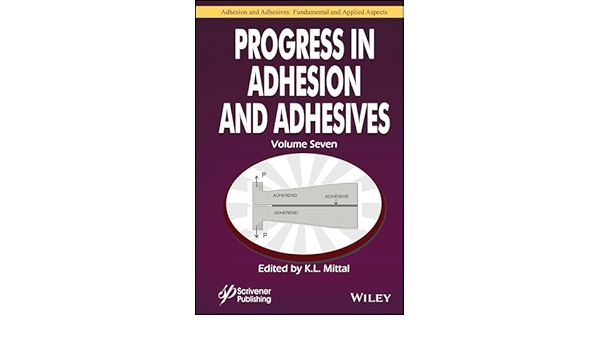Ask Dr. Dave
Why do monomers from different suppliers result in different cure speeds and stabilities for anaerobic adhesives?
Dr. Dave tackles the effect that monomers can have on anaerobic adhesives formulations.

I started my career as a chemist with Loctite Corp., and we used to manufacture our own monomers. Quite frankly, it was a problem until we discovered how to stabilize them in a consistent fashion. This was achieved by using the correct levels of free radical stabilizers and metal chelators. These adhesives contain initiators and accelerators, which are usually hydroperoxides and aromatic amines. When the adhesives are applied and come in contact with metallic surfaces like iron or copper, these initiation systems generate free radicals that polymerize the monomers to give cured products.
In your case, it looks like your monomers may have different stabilizers or stabilizers at different levels. The most common free radical stabilizers are hydroquinone or methoxy hydroquinone (MEHQ). Check the certificates of analysis from your suppliers; they should list the stabilizer content.
I would also suggest that you look at the strong possibility that there are traces of iron or copper in the monomers, perhaps residues from your suppliers’ manufacturing equipment. Traces of these metals are the real enemy of the anaerobic adhesives formulator, and you should ask your suppliers to remove them or complex them with a metal chelator. You can also treat your monomers by stirring them over EDTA or adding very small amounts of a slightly soluble chelator such as tetrasodium EDTA.
Any views or opinions expressed in this column are those of the author and do not represent those of ASI, its staff, Editorial Advisory Board or BNP Media.
Looking for a reprint of this article?
From high-res PDFs to custom plaques, order your copy today!







